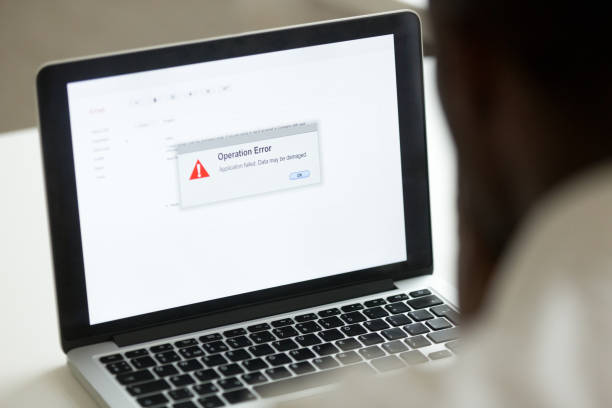5 Best Practices to Prevent Ransomware Infections

The most dreaded message anyone using a computer can see on their screen is that your files were encrypted.
Unfortunately, many years ago, people lost all the files, money, and time on their computers because of a ransomware attack. Unfortunately, ransomware is still raising its ugly head today, even though it’s been years since it happened.
What is Ransomware? How Does it Work?
According to Egnyte, ransomware enters from a download delivered via email because this point of entry requires the least effort on the part of the attacker. The ransomware appears as a link or attachment, often from a known source, with an enticement to click it. The attachment or link is an executable file that unleashes the ransomware.
A ransomware attack, like all viruses, happens when a malicious payload enters your computer system. There are different ways for this to happen:
- A pop-up ad that leads you back to a website with an exploit kit
- Clicking a corrupt attachment or link
- A drive by download
- A piece of hardware that got infected
- A worm used to exploit a weak system
The most popular method of starting a ransomware attack is phishing. You’ll receive an email with an offer encouraging you to click or download the link attached. If you click the link, the virus will embed itself silently on your computer.
Now that the virus is inside your network, it starts spreading and searching for essential data. If the attack was successful and your files get encrypted, you will receive a ransom note that will demand you to make a payment, usually in a cryptocurrency, in exchange for a decrypt code.
If you don’t follow through with the request, the attackers will threaten to share your most private information with the public.
5 Best Practices to Prevent Ransomware Infections
Ransomware is dangerous to everyone’s computer; therefore, you should know about ransomware prevention. Below you’ll find the most effective ways to ensure that your business information doesn’t fall victim to ransomware.
1.Install an Antivirus
The first way to start building your line of defense is to install an antivirus. The antiviruses of today have a wide range of coverage of ransomware, phishing attacks, spyware, and spam. They are explicitly tuned to block ransomware, and some also clean up the mess left behind.
2.Backup your information
It would help if you backed up your information offline. However, some types of ransomwares can delete your backups on your network. The best option is to back up your data on a cloud or an external drive. Doing this will ensure that you don’t lose data if you’re attacked by ransomware.
3.Avoid Suspicious Links and Emails
If you receive emails that you didn’t sign up for, do not open them. Even if you know the sender, be careful when clicking on links sent in the email.
4.Avoid Using Torrent Sites
Be cautious when using torrent sites containing pirated content and software. These sites are usually distributed by P2P, which contains malware.
5.Update Your Software
For ransomware prevention, you should ensure you update all your software and make sure you patch them.
Conclusion
If you do get attacked by ransomware, you should not pay the ransom. Instead, following these simple practices above will prevent you from being attacked by ransomware.





